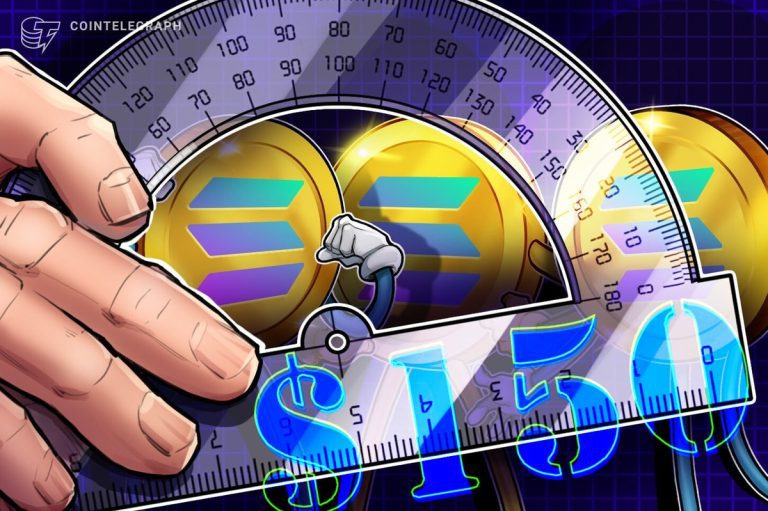Solana’s native token, Sol (Sol), faced a sudden 8% refusal after briefly touching $147 on March 25th. Over the past three weeks, Sol has been struggling to regain the $150 level.
Some analysts argue that Sol Price can benefit significantly from the final approval of the Solana Spot Exchange-Traded Fund (ETF) in the US and the expansion of tokenized real-world assets (RWAs) such as the Solana Network, Stablecoins and Money Market Funds.
Others like TBH co-founders Nikita Bier and Gas Startups believe Solana “has the basic building blocks to break out on mobile.”
Source: Nikitabier
Beer highlighted the constructive regulatory environment from US President Donald Trump and the long-term impact of Memecoin Frenzy. This has introduced “millions” of new users in Web3 wallets and distributed applications (DAPPS). Essentially, Nikita Bier believes Solana is well positioned as it streamlines the onboarding experience for mobile users.
Announcement of inactive Bitcoin Reserve hurts all cryptocurrencies
Despite the possibility of establishing a “consumer-grade” market for DAPPS, most traders suffered losses as Memecoin Mania faded and on-chain volume plummeted. This decline has led investors to question whether Sol has the strength to regain levels above $150. Beyond the decline in interest in Dapps, Solana also faces increasing competition from other blockchains.
Furthermore, the perception that the US government will not purchase Altcoins for its strategic reserves and digital asset reserves has been a major disappointment for some investors.
On March 6, President Trump signed a bill that would allow the US Treasury Department to use a budget-neutral strategy to acquire Bitcoin (BTC), but the altcoins held by the government could be strategically sold. In fact, there was no clear mention of Solana or other Altcoin in the Digital Asset Stockpile Exagent Order.
Some may argue that the Solana ecosystem is well beyond Memecoin Trading and Token Launchpads as its total value locked (TVL) grows across liquid staking, subsidies, synthetic assets and yield platforms.
However, Solana’s fees and DAPP revenues continue to decline. Reducing Onchain activity reduces Sol’s appeal to investors and limits the possibility of reverse.
Solana 7-day DAPP revenue (left) and chain fees (right), USD. Source: Defilama
Solana Dapp’s revenue totaled $12 million over the seven days leading up to March 24th, starting from $23.7 million just two weeks ago. Similarly, base layer fees reached $3.6 million over the same period, dropping sharply from $6.6 million over the seven days ending March 10th. Interestingly, this decline remained stable in total locked value (TVL) at 53.2 million SOL.
Related: Professional Purposes Ready for Growth in 2025 Dexs – Founder of Curve
Solana is no longer the dominant network of DEX volumes
According to data from Defillama, the decline in Onchain activity in Solana is particularly concerning given that BNB chains have surged to the top spot of DEX volumes despite 34% less than Solana.
Market share of decentralized exchange volume. Source: Defilama
From a volume perspective, Solana dominated the DEX industry from October 2024 to February 2025, but recently lost ground to Ethereum and the BNB chain. As a result, part of Sol’s weakness in price is attributed to a decline in Solana’s on-chain activity compared to its competitors. For example, high lipid trading volumes have increased by 35% over the past seven days, while activity at Pendle has skyrocketed at an impressive 186%.
The fundamentals do not show an impending rally of over $150, but the Solana Network combines its own unique way with a integrated user experience and a degree of successful decentralization. For example, BNB Chain and Tron offer similar scalability, but neither a wallet nor a DAPP rank in the top 10 Apple App Store, like Solana’s Phantom Wallet in November 2024.
This article is for general informational purposes and is not intended to be considered legal or investment advice, and should not be done. The views, thoughts and opinions expressed here are the authors alone and do not necessarily reflect or express Cointregraph’s views and opinions.




